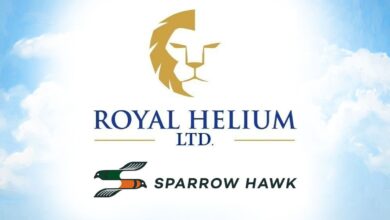
New reporting requirements for Canadian retailers and manufacturers are set to provide Health Canada with a clearer understanding of the country’s vaping landscape. The regulations, passed in June, mandate that businesses submit semiannual sales figures and ingredient lists to the health agency. This move aims to address the perceived “Wild West” nature of the vaping industry, allowing for better knowledge of popular vaping products, particularly among young people, and identification of the specific ingredients being inhaled.
Sarah Butson, a policy analyst with the Canadian Lung Association, emphasizes the importance of these regulations in shedding light on the scope of vaping products available and their ingredients. The vaping industry in Canada has long been characterized as a “Wild West,” necessitating the implementation of these rules. Health Canada’s objective is not only to understand sales figures but also to gain insights into the ingredients present in these products.
All Canadian vape retailers and manufacturers are required to submit their first ingredient and sales reports by December 31. This regulatory development follows the increased attention on vaping and associated health concerns in recent years. In 2015, a Harvard study discovered the presence of diacetyl, a flavoring chemical associated with the lung disease bronchiolitis obliterans, in over 75% of tested e-cigarette liquids. A Canadian teenager who vaped displayed similar symptoms in 2019, leading to international headlines. However, a subsequent Health Canada study in 2021 found diacetyl in only two out of more than 800 examined vaping liquid samples sold in Canada.
While the new regulations are a step forward for public health, there are concerns within the vaping industry. Daniel Marien, director of VITA (a Canadian vaping trade organization) and owner of LA Vape Shop in Quebec, raises questions about the potential public disclosure of full ingredient lists for vape juices and flavors. Marien argues that this could jeopardize the intellectual property of businesses. Protecting recipes, similar to how Coca-Cola safeguards its secret formula, is a significant concern for industry professionals and international flavoring distributors alike.
Health Canada asserts that the December 31 deadline allows manufacturers ample time to gather the necessary ingredient information. The agency emphasizes the importance of obtaining complete ingredient lists to better understand the potential health impacts of vaping. However, the decision regarding which ingredient information will be shared publicly is still being considered. Mental Health and Addictions Minister Carolyn Bennett believes that working collaboratively with the vaping sector and Health Canada will help resolve these issues. She highlights the need to focus on educating and preventing youth vaping while recognizing that vaping can be a tool to help people quit smoking. Bennett draws parallels to how ingredient reporting is handled in the pharmaceutical industry, expressing confidence in finding a solution.








































